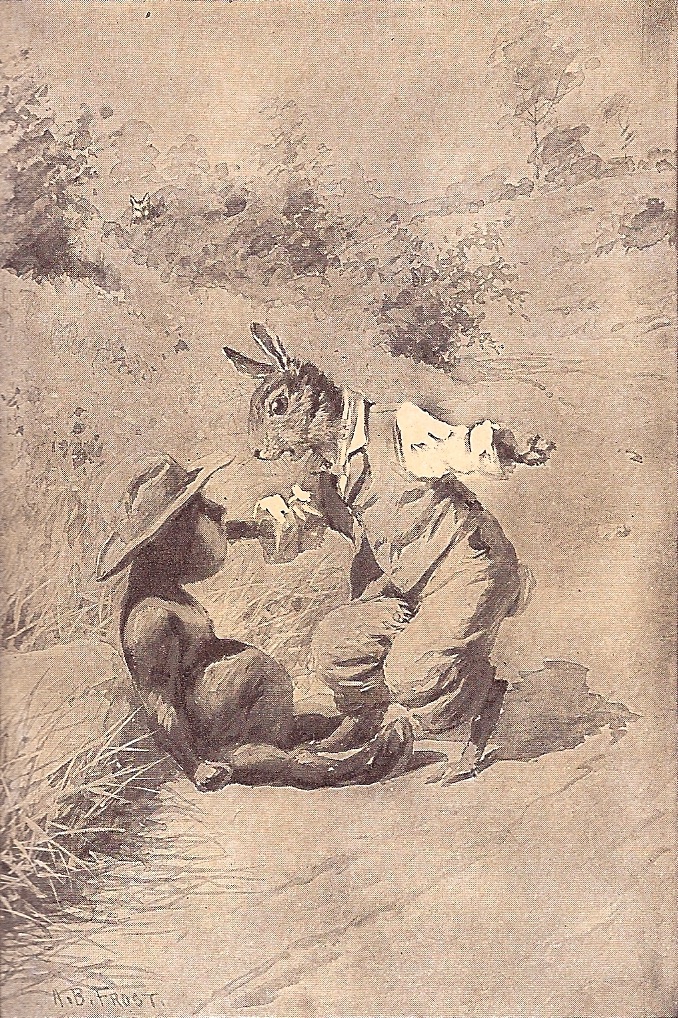 Home Page
Home Page
- Lecture.mp3
- Listen in iTunes
- Listen on Stitcher
Today we're looking at some of the stories collected from
Creoles of color in Louisiana. These were originally passed down
among slaves speaking Creole French. They passed from slave
communities to many other communities in the New World. I've
collects these to allow us to see what persists and what changes
as the story hops from culture from culture. What we need to
remember with these stories is that they were collected mostly
in the late 19th Century, and thus frequently reflect
the interactions of the tribes with the cultures that had moved
into the region.
Required
- Fortier. "Piti
Bonhomme Godron." (The Tar Baby)
- Natchez. "Wolf and Rabbit."
- Biloxi. "Rabbit and the Tar Baby."
- Louisiana Anthology Podcast 19. Norm Marmillion of Laura Plantation.
- Louisiana
Anthology Podcast 319. Bryan Wagner on the Tar Baby (he
wrote the book).
- Just skim the other versions for similarities and
differences.
- Harris. "Br'er Rabbit and the Tar Baby." (pp. 1-9).
- Haymon. "The Tar Baby."
- Tuxtepec, Mexico. "Coyote and Rabbit."
- Haiti. "Bouki ak Malis." (Skip down to "More Folk Tales").
Optional
- Ortoli. “Compère Bouc et Compère Lapin.” (French)
- Fortier. "Piti
Bonhomme Godron." (Creole)
Compair Lapin

Compare Lapin (Brother Rabbit) is one well-traveled rabbit!
Sitz im Leben. Why does the trickster die in African
tales but get away in the American versions?



